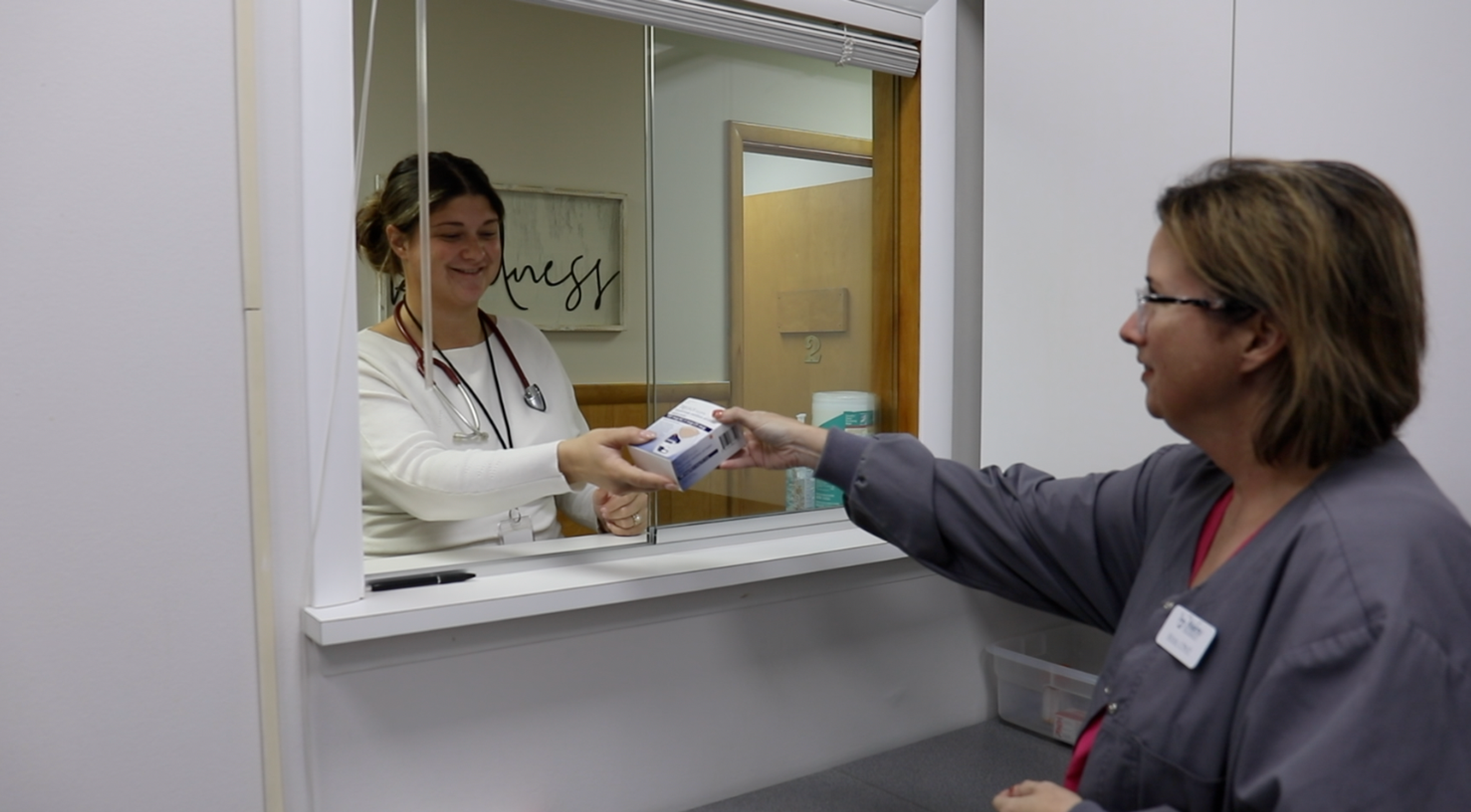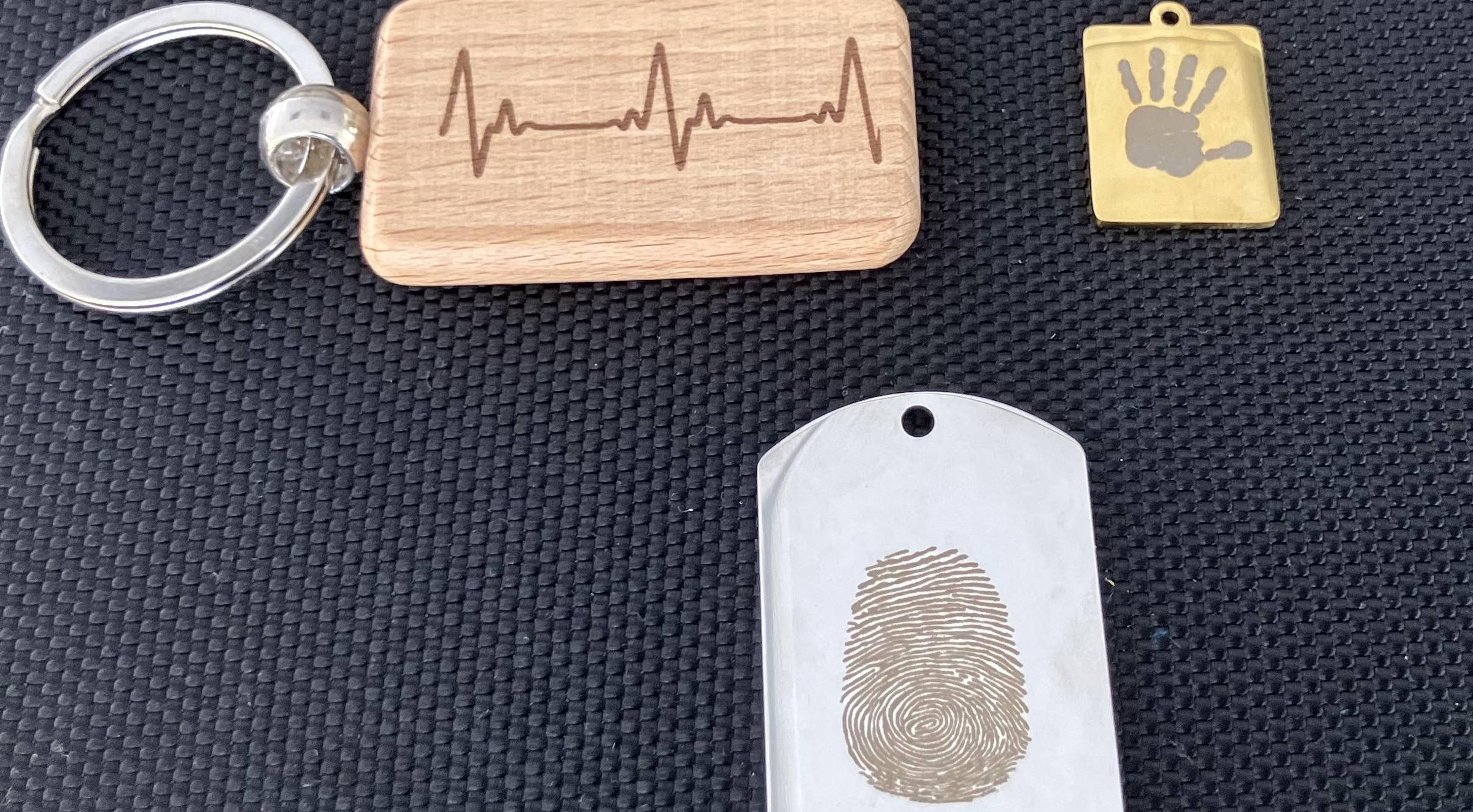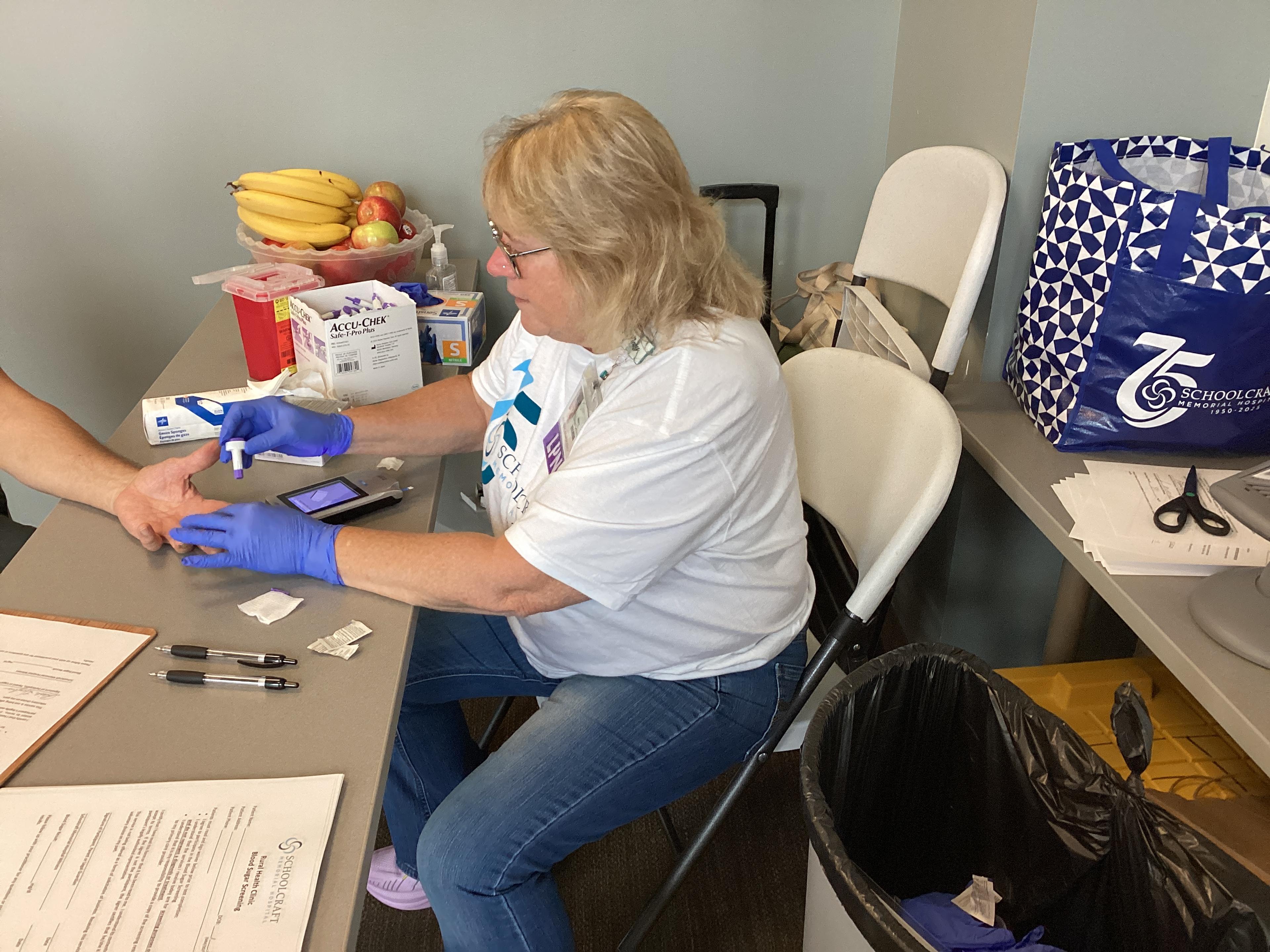Potterville Schools Helps Reduce Suicide Risk Among Students
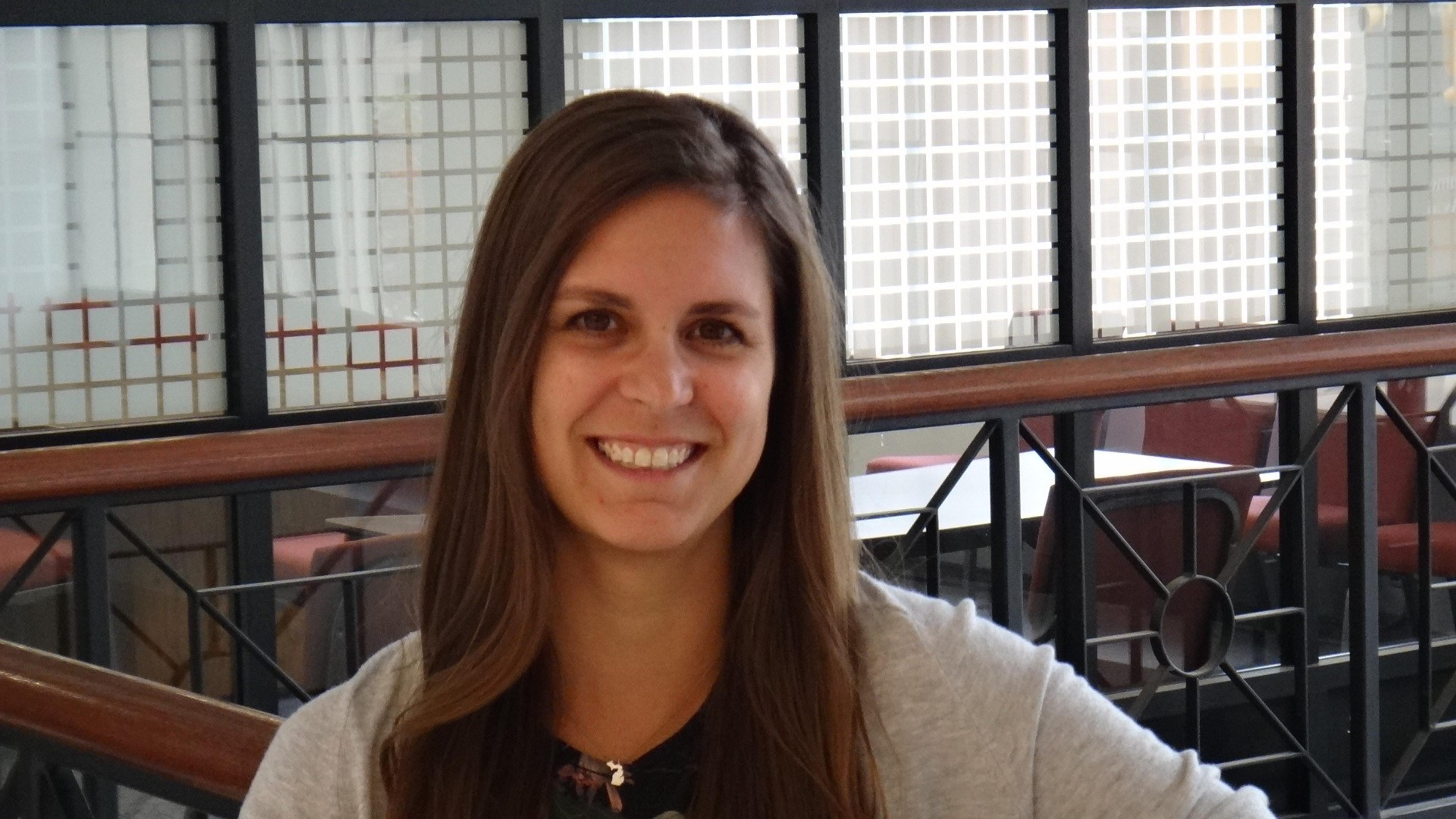
Lindsay Knake
| 4 min read
Lindsay Knake is a brand journalist for Blue Cross Blue Shield of Michigan.
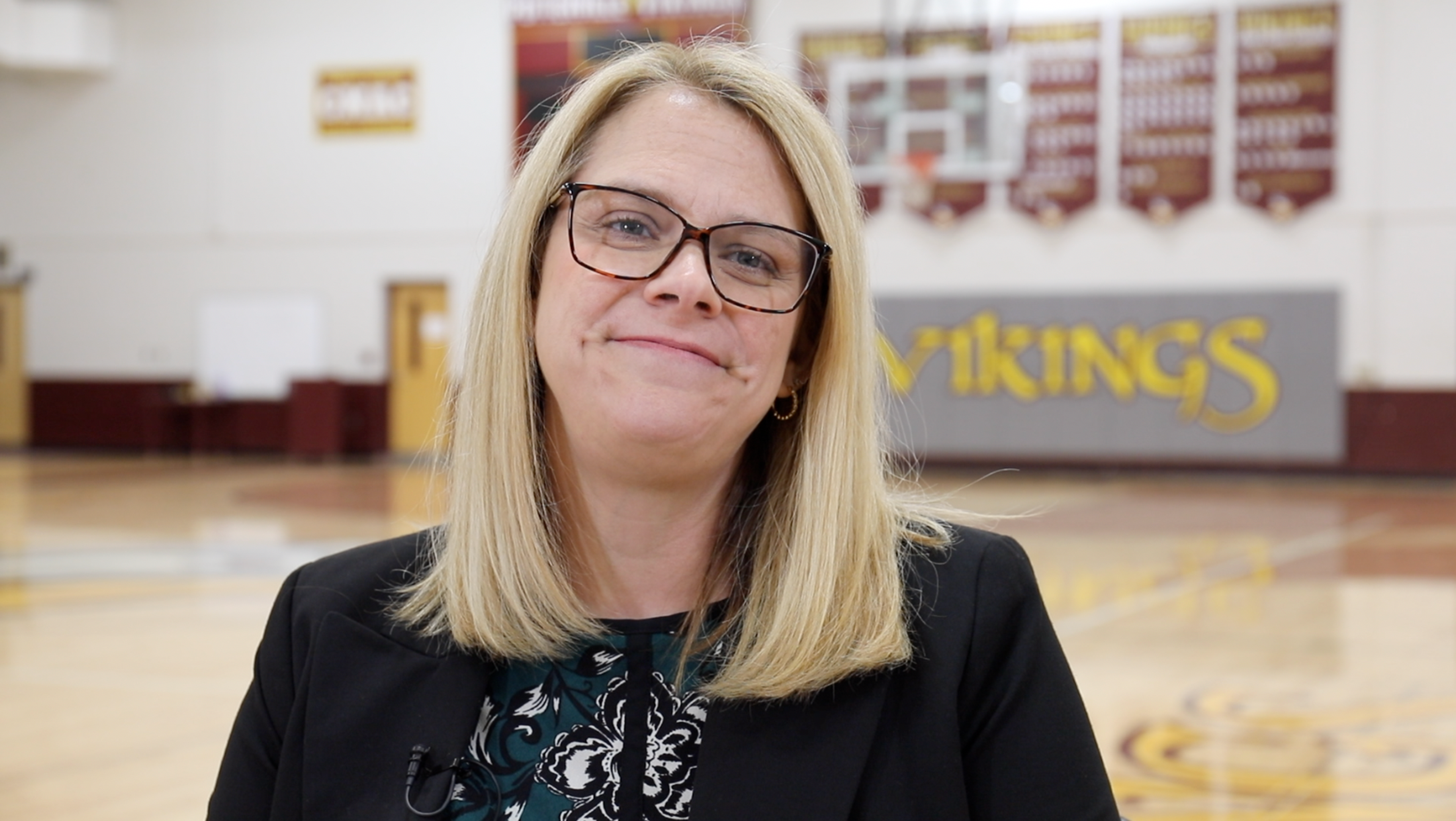
When Kaytie Palmiter, a 26-year educator, joined Potterville Public Schools as the middle school and high school principal in 2021, she realized students and staff would benefit from additional support and resources to address mental health. She was concerned after finding out the schools were identifying students at risk for suicide and conducting risk screenings as frequently as twice a week.
She started talking to officials at the Eaton Regional Education Service Agency about suicide prevention programs and learned about the Building Healthy Communities: Step Up for School Wellness (BHC: SUFSW) program offered by Blue Cross Blue Shield of Michigan in collaboration with other statewide leaders in health and well-being. The program had recently added suicide prevention resources to healthy eating, physical activity, mental health and well-being offerings. She applied, and the small school district located southwest of Lansing, received the program in 2022.
The Potterville team identified suicide prevention as an emerging issue and a priority for their schools. Through the BHC: SUFSW program, Potterville received the Suicide Prevention Certification, a resource that provides school staff with access to online professional development courses on suicide prevention for adolescents. Palmiter explained that the online trainings teach staff about indicators in students who may have suicidal ideation. This includes changes in attitude, clothing, behavior and schoolwork. If a teacher or staff member notices these indicators in a student, they follow a flow chart to contact Palmiter, a school social worker or the schools’ behavioral mental health specialist. The student is then offered support and may be referred for additional services such as a mobile crisis team.
“While there might not be anything wrong going on in that student’s life, it's always good just to check in,” Palmiter said. “The worst thing anyone could ever have is we lose a kid.”
All teachers and staff at Potterville Middle and High School took the training, and they have implemented the strategies they learned since.
“It's important because we each see students in different lights,” Palmiter said. “We even included our coaches. We invited them to complete trainings, too, because the coaches connect with students in a different light, and it's important that we give everyone these important tools to support our students.”
Palmiter said weekends and school breaks can raise anxiety because school staff are not in direct contact with their kids. However, students have reached out for help during these breaks.
“I do think because of this program, it has made kids not afraid to speak out,” Palmiter said.
Supporting students’ mental health has involved a multi-pronged approach and the BHC: SUFSW program has contributed to this success. Potterville schools created Hope Squad, a peer-to-peer suicide awareness group. Students in the group are trained, report to staff if they hear classmates dealing with suicidal ideation and help normalize talking about mental health.
The 988 Suicide & Crisis Lifeline phone number is on all student IDs, but Palmiter said many students didn’t know what it was or why it was on their IDs. The school provided a presentation to educate students about the lifeline.
Potterville Middle and High School have also provided mental health awareness and de-stress activities for students.
The BHC: SUFSW program also provided Potterville Middle and High Schools with $4,000 to support the implementation of adolescent suicide prevention strategies and best practices, including the development of a comprehensive suicide prevention plan. The combination of the Potterville strategies has been successful. The schools have reduced the incidence of suicide screenings from twice a week to about one a month.
“I believe the support from Blue Cross Blue Shield of Michigan has also helped us normalize it's OK to not be OK and it's OK to also ask for help and bring in some support,” Palmiter said. “If our students need support, we'll bring in the mental health support. If you need to have your appointments or therapists come in during the school day, they are welcome in our buildings. I want our students to get support. I understand it's hard to schedule. It's important to me that students receive the care that they need, and so we work collaboratively with Community Mental Health as much as possible."
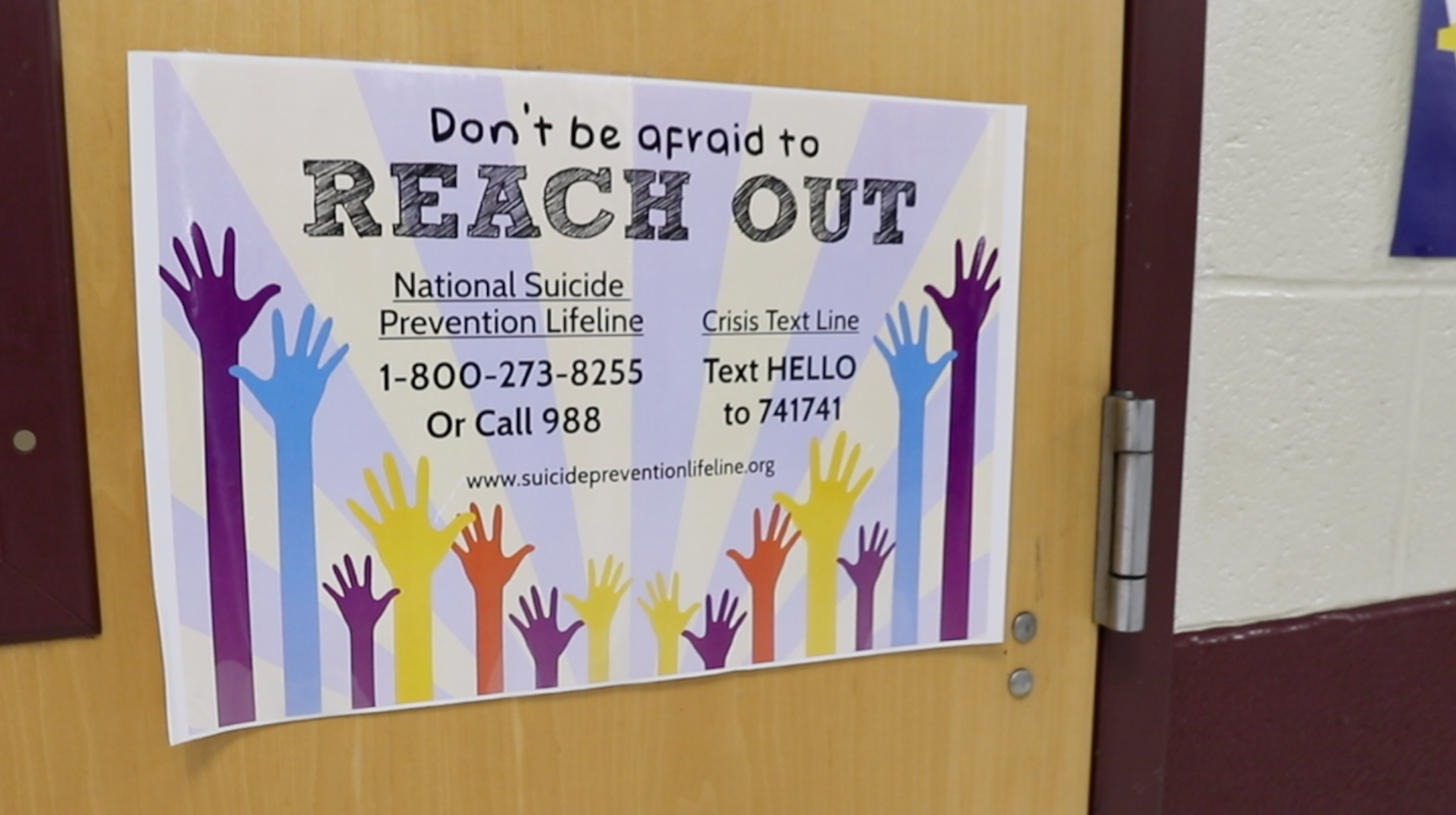
The schools also have all students participate in a risk screening survey in October and February. In the survey, the number of students who show high risk for poor mental health has dropped.
“I think that data is aligning that our students feel more comfortable,” Palmiter said. “They feel comfortable in the school, and they feel like they're being taken care of.”
In addition to the suicide prevention certification resource, BHC: SUFSW program provided Potterville Middle and High School with resources focused on quality physical education, staff well-being and social and emotional learning education for staff.
Related:

